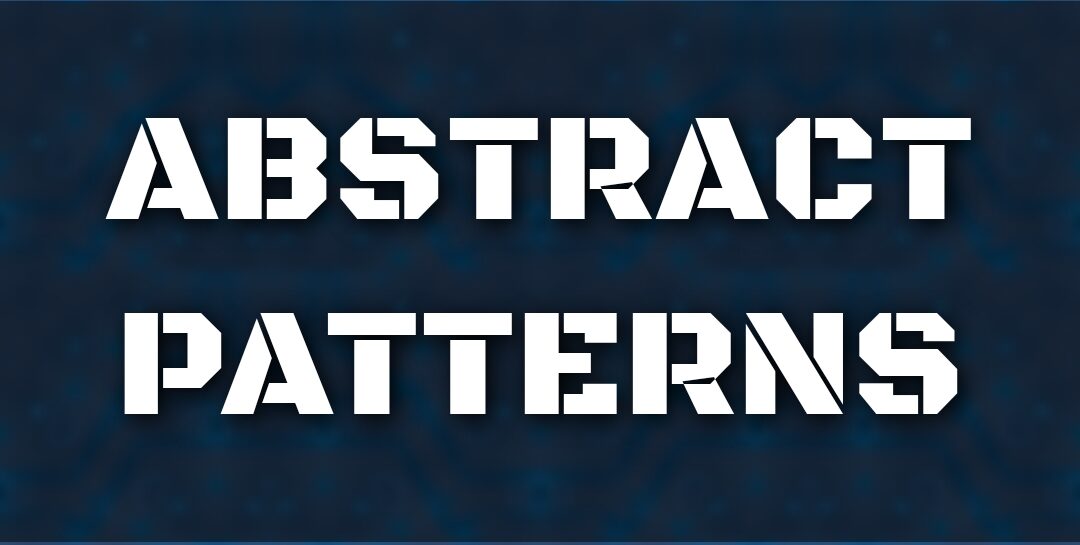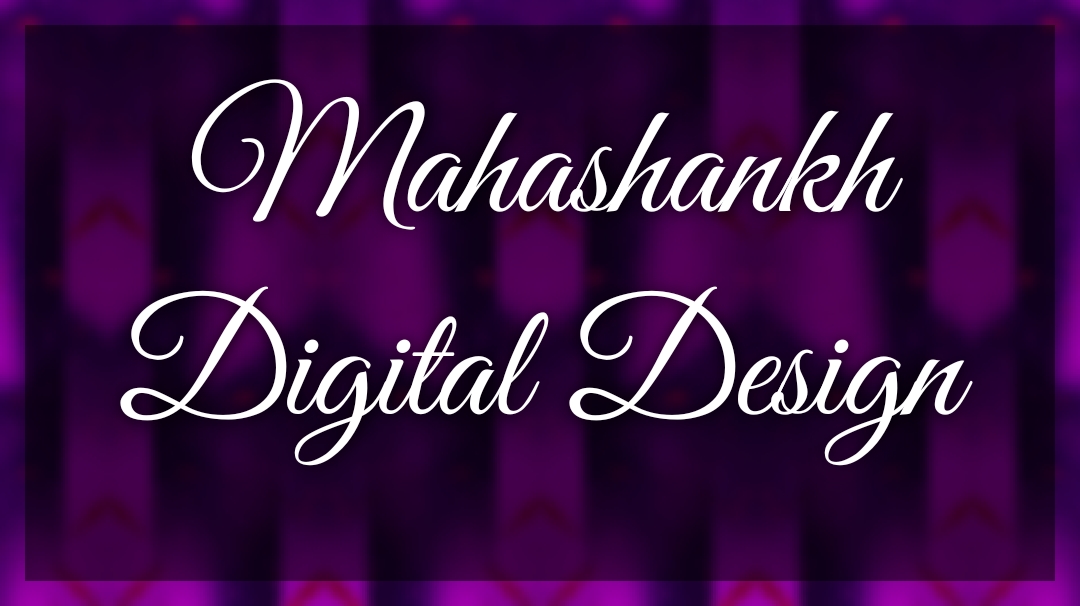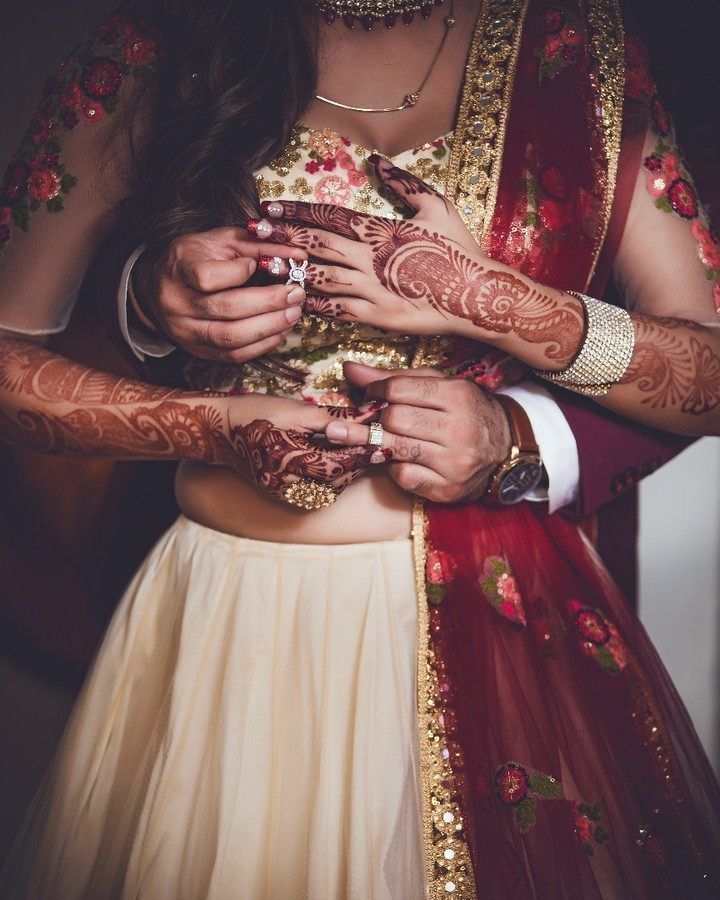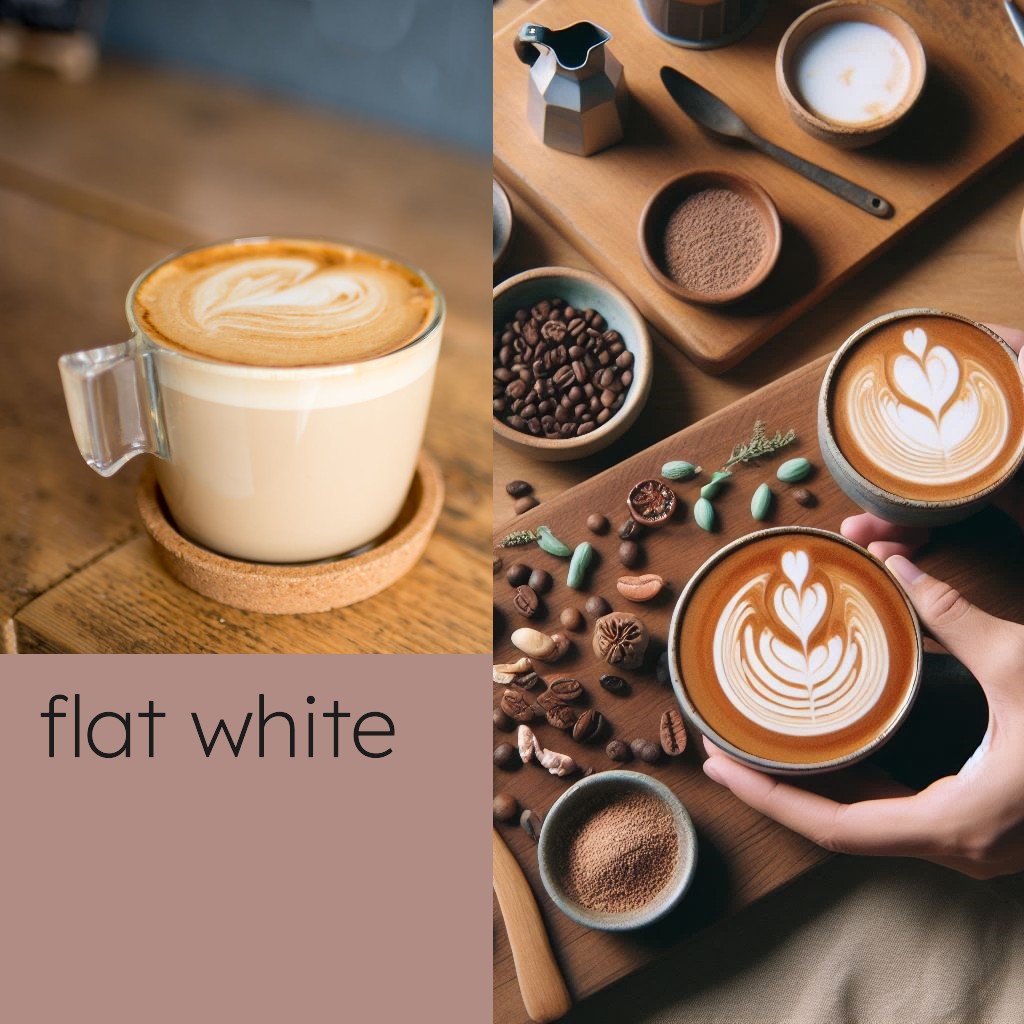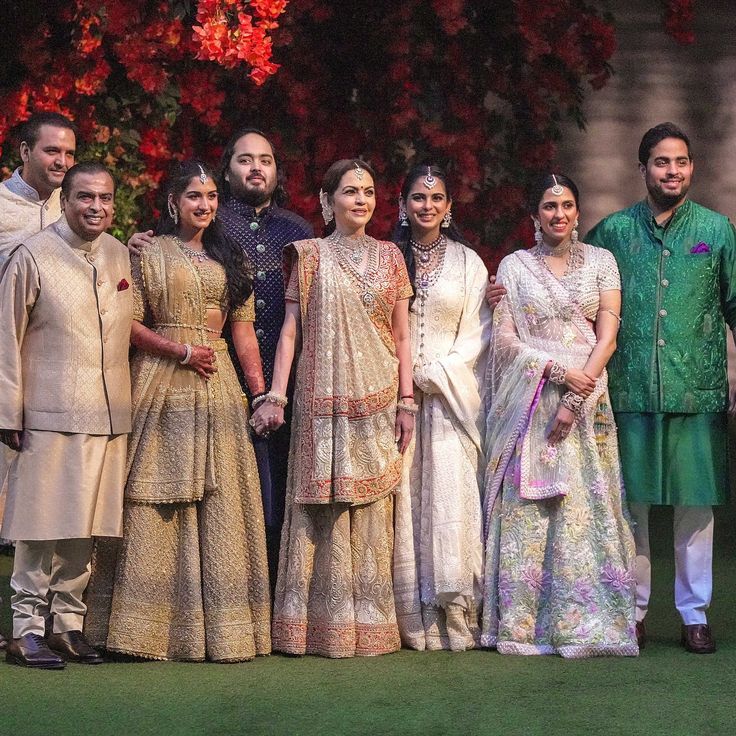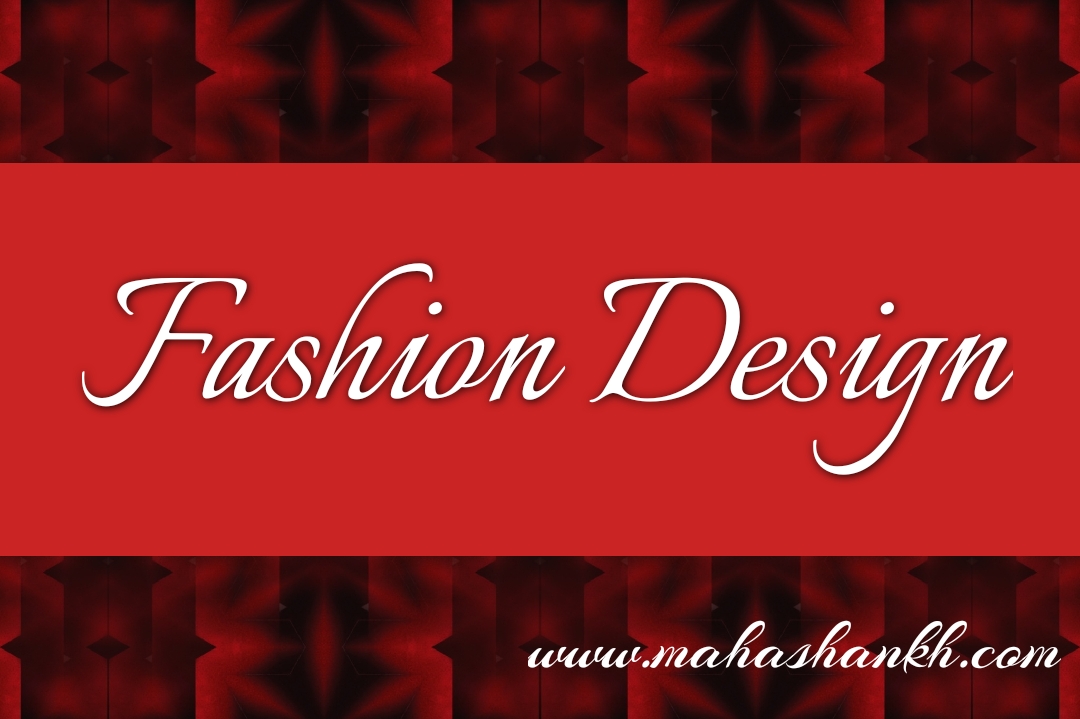Exploring the World of Abstract Patterns: A Journey into Non-Representational Design
Abstract patterns, a captivating realm of design, offer endless possibilities for creativity and self-expression. By breaking away from representational forms and embracing the freedom of abstraction, designers can create mesmerizing visuals that evoke emotions, stimulate imagination, and challenge traditional perceptions. In this article, we delve into the fascinating world of abstract patterns, exploring their characteristics, techniques, and applications across various artistic disciplines.
Understanding Abstract Patterns:
Abstract patterns are non-representational designs that do not directly depict specific objects or forms found in the physical world. Instead, they rely on shapes, lines, colors, and textures to create compositions that are open to interpretation. Abstract patterns are often characterized by their ability to convey a sense of movement, rhythm, balance, and harmony.
Table of Contents
Characteristics of Abstract Patterns:
- Shapes and Forms: Abstract patterns utilize geometric shapes, organic forms, or a combination of both. These elements are often simplified, exaggerated, or distorted to create visually intriguing compositions.
- Colors and Textures: Abstract patterns embrace a wide spectrum of colors and textures, ranging from bold and vibrant to subtle and muted. Colors are used strategically to evoke emotions and create visual impact, while textures add depth and tactile qualities to the designs.
- Composition and Balance: Abstract patterns rely on the arrangement of elements within the design space to create a sense of balance, symmetry, or asymmetry. The placement of shapes, lines, and colors is carefully considered to achieve a harmonious visual effect.
Techniques for Creating Abstract Patterns:
- Freehand Drawing: Artists often begin by sketching or drawing freely, allowing their intuition and subconscious mind to guide the creation of abstract patterns. This technique encourages spontaneity and captures the essence of the artist’s creative expression.
- Collage and Mixed Media: Collage and mixed media techniques involve combining various materials, such as paper, fabrics, photographs, and found objects, to create abstract patterns. The layering and juxtaposition of different elements add depth and texture to the design.
- Digital Manipulation: With the aid of computer software and graphic design tools, artists can create abstract patterns digitally. This technique offers precise control over shapes, colors, and effects, allowing for experimentation and iteration.
Applications of Abstract Patterns:
- Fine Art: Abstract patterns have a significant presence in the world of fine art. Artists create abstract paintings, sculptures, and installations that challenge conventional representations and explore the boundaries of visual perception.
- Textile and Fashion Design: Abstract patterns find their way onto fabrics, garments, and accessories in the realm of textile and fashion design. From avant-garde runway collections to everyday apparel, abstract patterns add visual interest and create unique aesthetics.
- Graphic Design: Abstract patterns are widely used in graphic design to create impactful visuals for branding, advertising, and digital media. They can be employed as backgrounds, motifs, or decorative elements to convey a sense of style, energy, or innovation.
- Interior Design: Abstract patterns play a vital role in interior design, adding visual interest and personality to spaces. They can be incorporated into wallpapers, upholstery fabrics, carpets, and decorative accessories to create captivating environments.
Abstract patterns provide a boundless playground for designers and artists to explore their creativity and evoke emotions through non-representational design. By embracing the freedom of abstraction, they can create visually striking compositions that challenge perceptions and engage viewers on a deeper level. From fine art to textiles, fashion, and beyond, abstract patterns continue to captivate audiences and inspire endless possibilities in the world of design.
TYPES OF ABSTRACT PATTERNS

Abstract patterns encompass a wide range of styles and techniques. Here are some common types of abstract patterns:
- Organic Abstraction: Organic abstract patterns draw inspiration from nature and natural forms. They often feature flowing shapes, biomorphic elements, and fluid lines that evoke the beauty and harmony found in the organic world.
- Geometric Abstraction: Geometric abstract patterns are characterized by the use of geometric shapes such as squares, triangles, circles, and lines. These patterns focus on precise angles, symmetry, and repetitive arrangements to create visually balanced and structured compositions.
- Color Field Abstraction: Color field abstract patterns emphasize the use of color as the primary element. Large areas of solid color or gradients are employed to evoke emotions, create visual impact, and explore the interaction between hues.
- Gestural Abstraction: Gestural abstract patterns capture the spontaneous and expressive movements of the artist’s hand. They often feature dynamic brushstrokes, splatters, drips, or other techniques that convey a sense of energy and emotion.
- Textural Abstraction: Textural abstract patterns focus on the tactile qualities of the design. Through the use of various materials, techniques, and textures, these patterns create a sense of depth, surface variation, and visual interest.
- Op Art: Op Art, short for Optical Art, is a form of abstract pattern that creates optical illusions and plays with perception. It employs precise arrangements of shapes, lines, and colors to produce visual effects such as movement, vibration, and depth.
- Abstract Expressionism: Abstract Expressionism is a style of abstract pattern that emerged in the mid-20th century. It emphasizes spontaneous and emotional brushwork, drips, and splatters to convey the artist’s inner thoughts and feelings.
- Minimalism: Minimalist abstract patterns focus on simplicity, reduction, and clean lines. They often feature limited color palettes, geometric shapes, and minimal embellishment, resulting in visually understated and serene compositions.
- Cubism: Cubist abstract patterns were pioneered by artists such as Pablo Picasso and Georges Braque. They deconstruct and fragment objects into geometric shapes and planes, offering multiple viewpoints and challenging traditional representation.
- Collage Abstraction: Collage abstract patterns incorporate fragments of various materials, such as paper, fabric, photographs, or found objects, to create a visually layered and textured composition. The juxtaposition of different elements adds depth and complexity.
These are just a few examples of the types of abstract patterns found in art and design. Artists and designers often combine or blend these styles to create unique and innovative abstract patterns that suit their creative vision and purpose.
HISTORY OF ABSTRACT PATTERNS
The history of abstract patterns can be traced back to ancient civilizations, but the development of abstract art as a distinct movement emerged during the late 19th and early 20th centuries. Here is a brief overview of the history of abstract patterns:
- Prehistoric and Ancient Times:
Abstract patterns have been found in prehistoric cave paintings and rock art from various regions around the world. These early abstract motifs often incorporated geometric shapes, lines, and repetitive patterns, reflecting the artistic expressions and cultural beliefs of ancient societies. - Islamic Art:
Islamic art, particularly in the form of geometric patterns and arabesques, has a rich tradition of abstraction. Islamic geometric patterns, known as “zillij” or “Islamic tiling,” feature intricate geometric compositions that symbolize unity, order, and infinity. These patterns adorn mosques, palaces, and other architectural structures across the Islamic world. - 19th Century:
During the 19th century, artists such as James McNeill Whistler and J.M.W. Turner started to experiment with abstraction, moving away from strict representational art. Their works explored the expressive potential of color, light, and atmosphere, laying the groundwork for the development of abstract patterns. - Early 20th Century:
The early 20th century witnessed a significant shift towards abstraction in art. Artists like Wassily Kandinsky, Piet Mondrian, and Kazimir Malevich began to explore non-representational forms and sought to express emotions and ideas through pure visual elements. Kandinsky’s seminal book “Concerning the Spiritual in Art” (1911) laid out the principles of abstract art and its ability to transcend the physical world. - Abstract Expressionism:
In the mid-20th century, the Abstract Expressionist movement emerged in the United States. Artists like Jackson Pollock, Mark Rothko, and Willem de Kooning embraced abstraction as a means of conveying personal expression, emotions, and subconscious experiences. Their large-scale paintings featured gestural brushwork, drips, and splatters, creating dynamic and highly expressive abstract patterns. - Op Art and Minimalism:
In the 1960s, Op Art and Minimalism became influential movements within abstract art. Op Art, as exemplified by artists like Victor Vasarely and Bridget Riley, explored the use of optical illusions, patterns, and geometric forms to create visual effects of movement and perception. Minimalism, on the other hand, emphasized simplicity, clean lines, and reduction of form, often employing abstract patterns of geometric shapes and solid colors. - Contemporary Abstraction:
Since the mid-20th century, abstract patterns have continued to evolve and diversify. Artists today draw inspiration from various sources, combining different techniques, materials, and styles to create unique abstract patterns. The advent of digital technology has also opened up new possibilities, allowing artists to create abstract patterns through computer-generated imagery and digital manipulation.
The history of abstract patterns is a story of artists pushing the boundaries of artistic expression, challenging traditional representation, and exploring the power of pure form, color, and composition. It has evolved into a vibrant and diverse field of artistic exploration and continues to inspire artists and designers around the world.
FUTURE OF ABSTRACT PATTERNS
The future of abstract patterns is an exciting prospect as artists and designers continue to push the boundaries of creativity and innovation. Here are some potential trends and directions for the future of abstract patterns:
- Technological Advancements: The advancement of technology, particularly in digital art and design tools, will play a significant role in the future of abstract patterns. Artists will have access to increasingly sophisticated software and hardware, allowing for more intricate and complex patterns, precise control over elements, and new possibilities for experimentation.
- Integration of Mixed Media: The blending of traditional and digital mediums will continue to evolve in the future. Artists may combine traditional techniques such as painting, drawing, and collage with digital manipulation, 3D printing, or interactive installations, resulting in dynamic and multi-dimensional abstract patterns.
- Interactive and Kinetic Designs: The future of abstract patterns may involve incorporating interactive and kinetic elements. Artists and designers may create patterns that respond to touch, movement, or environmental stimuli, creating immersive and engaging experiences for viewers.
- Sustainability and Ethical Design: As environmental consciousness grows, the future of abstract patterns may witness a greater emphasis on sustainability and ethical design practices. Artists and designers may explore eco-friendly materials, sustainable production processes, and themes that address environmental concerns, reflecting a broader shift towards responsible creativity.
- Cross-disciplinary Collaborations: The boundaries between different artistic disciplines, such as fine art, fashion, architecture, and technology, are becoming increasingly blurred. Collaborations between artists, designers, scientists, and engineers may lead to the creation of innovative abstract patterns that fuse multiple disciplines, resulting in unique and groundbreaking designs.
- Cultural and Social Influences: Abstract patterns have always been influenced by cultural, social, and political contexts. In the future, artists may explore abstract patterns that reflect contemporary issues, cultural diversity, and social narratives, providing a platform for dialogue and reflection.
- Augmented and Virtual Reality Experiences: With the rise of augmented reality (AR) and virtual reality (VR), abstract patterns may transcend traditional physical mediums. Artists may create immersive AR or VR experiences, where viewers can interact with abstract patterns in virtual environments, opening up new dimensions of perception and engagement.
- Personalized and Customizable Designs: Advancements in digital fabrication and customization technologies may enable the creation of personalized abstract patterns. Artists and designers could offer customizable designs that allow individuals to tailor patterns to their preferences, creating unique pieces that reflect personal aesthetics and identities.
The future of abstract patterns is filled with endless possibilities for experimentation, exploration, and interdisciplinary collaborations. As technology advances and societal dynamics evolve, abstract patterns will continue to evolve and inspire, capturing the spirit of the times and pushing the boundaries of artistic expression.


